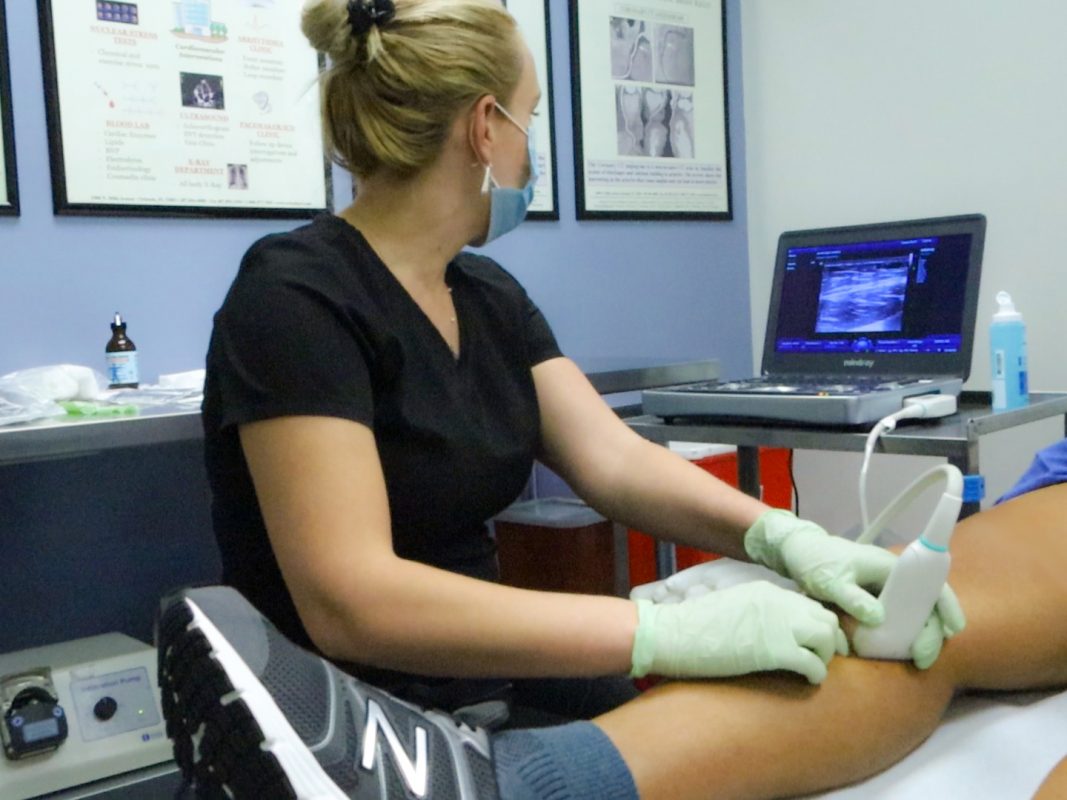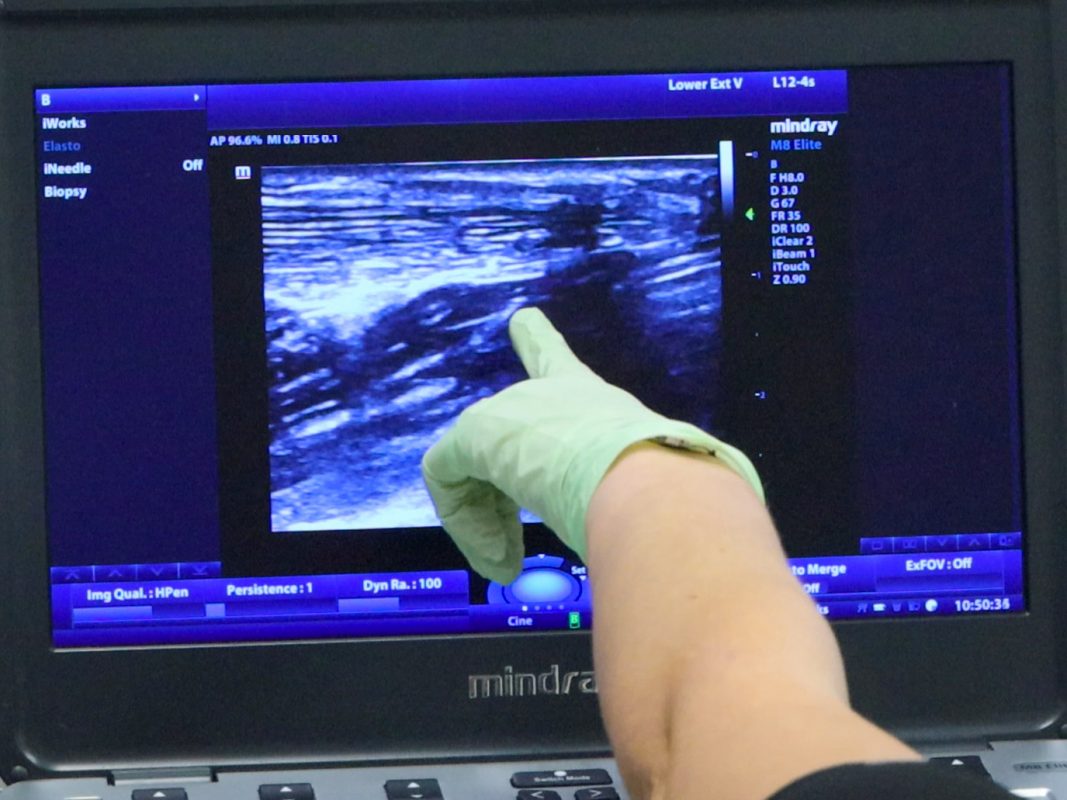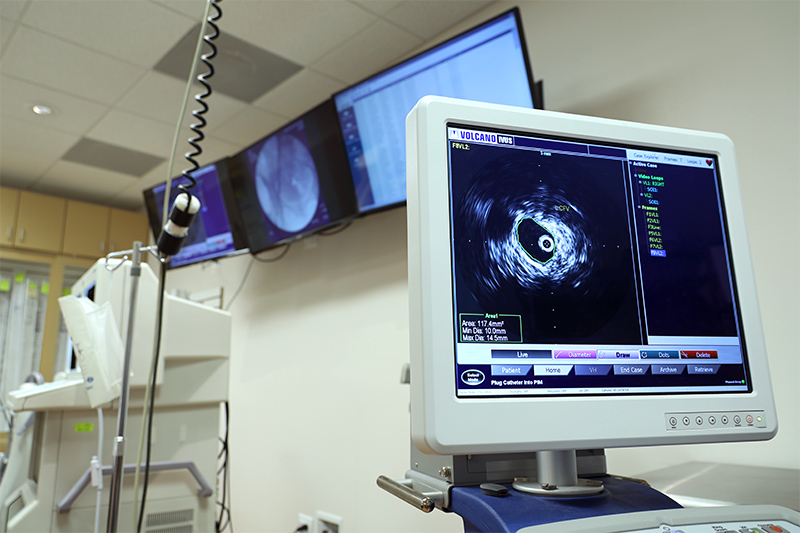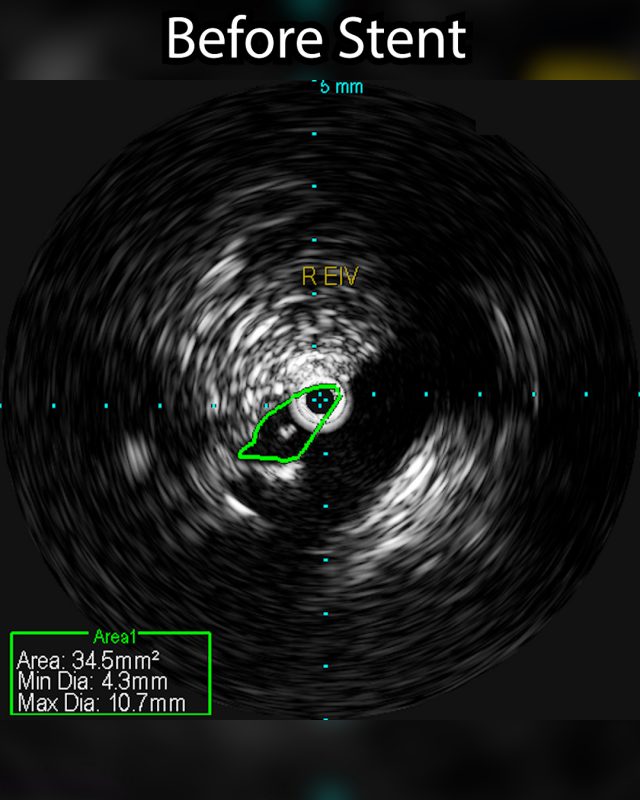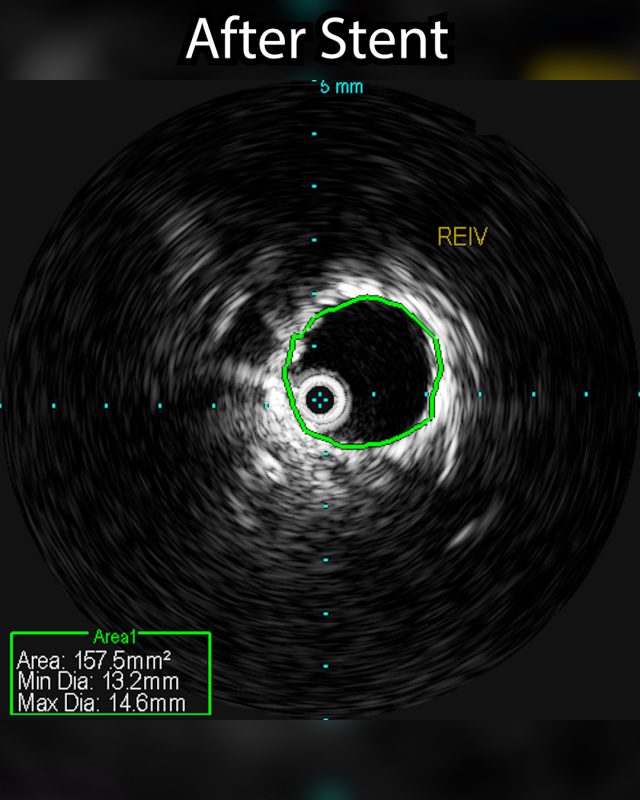Why is venous disease diagnosis workup and treatment so important in cardiology?
Firstly, it is part of the circulatory system, and therefore, symptoms of venous disease in the lower extremities may look like they are related to cardiac issues such as congestive heart failure. One of the cardinal symptoms of heart disease is swelling of the lower extremities. So very often, the patients are given an intensive cardiac workup, and even diuretics for a problem that is actually venous. The lower extremity swelling and edema needs a thorough workup to determine how much of it is due to venous disease and how much is due to cardiac disease.
Secondly, depending on the cause of the swelling of the lower extremities, the treatment is diametrically different. In congestive heart failure, attention is given to cardiac function, and judicious use of diuretics. Diuretics are a double edge sword, although they improve the edema, they can cause electrolyte imbalance, renal insufficiency, orthostatic hypotension, dizziness and falls. Swelling of the legs due to venous disease should be treated with either ablation of incompetent veins, or iliac venous stenting. This treats the underlying problem rather than only the symptom which is the swelling of the feet.
An accurate diagnosis is obtained by performing a reflux venous ultrasound study of the lower extremities. This will identify the superficial veins that have leaky valves, which cause high venous pressures, resulting in varicosities, swelling and pain. When these veins are ablated, they can no longer cause increased venous pressures and swelling and pain. The venous return to the heart from the lower extremities now takes place via the deep venous system. The regular venous Doppler studies look for blood clots in these deep veins, and is referred to as deep vein thrombosis. This condition is of vital importance in cardiology as well. Commonly referred to as a blood clot in the lower extremity, it can lead to blood clots in the lungs and death. It is treated with anticoagulation therapy, but larger blood clots can be treated with thrombolytic therapy to dissolve the blood clots and occasionally stents are needed.
Also, ulcers on the lower extremities are usually attributed to arterial insufficiency, commonly known as peripheral vascular disease. However, most lower extremity ulcers are actually due to venous disease. Hence this differentiation is important if the ulcers are to heal. Nonhealing ulcers cause great morbidity, and cost, immobility, cellulitis and even death. Therefore, ulcers require a thorough workup to determine the etiology.
Our state-of-the-art clinic has the capabilities of advanced diagnostic testing such as CT angiography, ultrasound reflux studies, deep venous system evaluation ultrasound, intravenous ultrasound evaluation for iliac venous disease, ablation therapy, sclerotherapy, stent placement, and when necessary, hospitalization and thrombolytic therapy.

